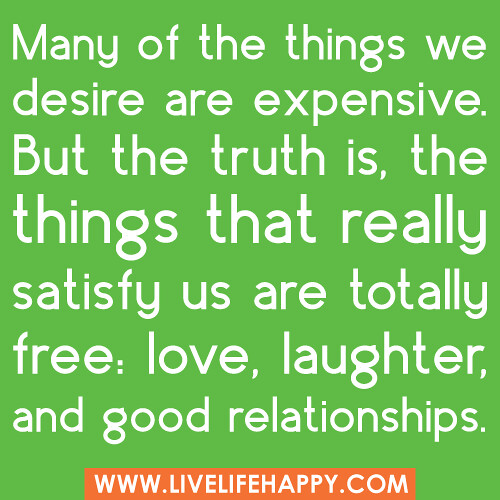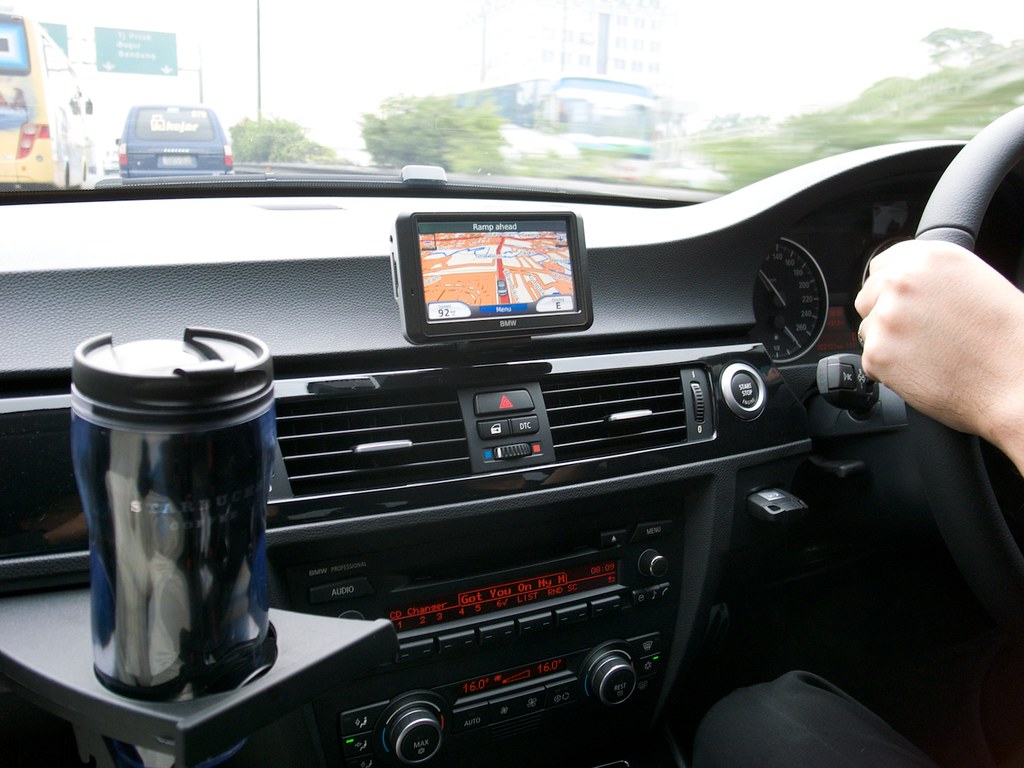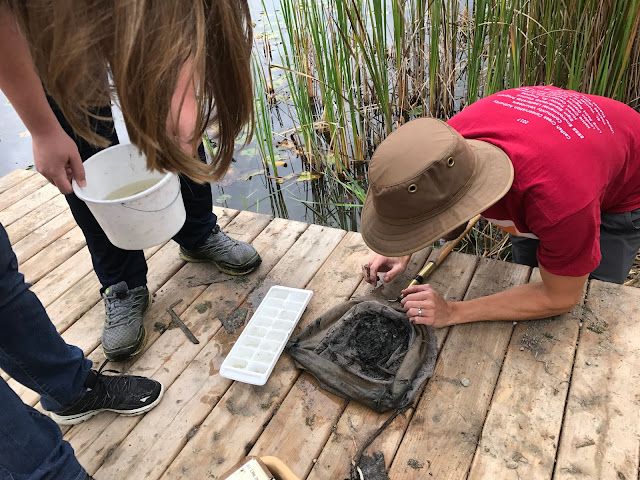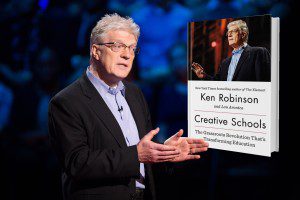The 12 Days of Tweetmas:
Connecting through Math on Twitter
This year our class joined the #TVDSBmath initiative to complete 12 math tasks in the12 Days before Christmas Holidays by Tweeting our results and questions daily with other classrooms in our Board who were participating. I wish I knew who created the initiative so I could give credit where it is due, but I can only tell you that it came from our Math Co-ordinators and I became aware of it through my Twitter/TVDSB PLN.
Here are the Daily tasks with some of the solutions the class came up with that I put into a video so you can see what we were working on (sorry - I tried a slide show, but I could not get Blogger to embed it. If you prefer, here is a link to a copy of the document that was originally shared with us: 12 Days of Tweetmas )
A few things I should tell you. I have a Secondary Special Education Classroom. The ten students in our classroom are all of High School age, but all have a Developmental Disability, so their math, language and reading levels range from non verbal with no number awareness to about the Junior level. I have many gifts, but being a skilled mathematician or math teacher, are not among them...(Growth Mindset here...) at least not yet. But I am working on improving my limited skills through courses, PD opportunities, my PLN and activities like these.
I was a little worried about some of these problems - they were going to require a lot of Grit and would push most of my students beyond the type of math thinking they do regularly. Some of them were going to be challenging for me to find a solution as well. However, as Churchill said, "the only thing to fear, is fear itself." As I debated with myself and fought my own doubts about my abilities to teach math, I remembered that quote and decided to forget my fears and join in the activity. After all, I want them to push themselves and to work beyond their comfort level. That goes for me too... I want to work beyond my comfort level - and push myself and my math instructional skills.
As you can see from the video, the tasks were varied in their type, level of difficulty and math thinking required to solve them.
A few things I should tell you. I have a Secondary Special Education Classroom. The ten students in our classroom are all of High School age, but all have a Developmental Disability, so their math, language and reading levels range from non verbal with no number awareness to about the Junior level. I have many gifts, but being a skilled mathematician or math teacher, are not among them...(Growth Mindset here...) at least not yet. But I am working on improving my limited skills through courses, PD opportunities, my PLN and activities like these.
I was a little worried about some of these problems - they were going to require a lot of Grit and would push most of my students beyond the type of math thinking they do regularly. Some of them were going to be challenging for me to find a solution as well. However, as Churchill said, "the only thing to fear, is fear itself." As I debated with myself and fought my own doubts about my abilities to teach math, I remembered that quote and decided to forget my fears and join in the activity. After all, I want them to push themselves and to work beyond their comfort level. That goes for me too... I want to work beyond my comfort level - and push myself and my math instructional skills.
Some of the problems were easier and called on them to do some code-breaking or geometric design. Probably their favorite activity was Day 11 where they had to measure and estimate objects using candy canes as their tool. It may have had something to do with giving them a full sized candy cane to measure with and that they got to eat when the activity was completed.
Some hilarity ensued as well. On Day 3, we were required to decide which object didn't belong and they came up with some great answers to do with colors, shapes, patterns, themes etc. Then when we checked in with other classes using the hashtag, one class stated that the top right square didn't belong because it was of someone throwing an object in the toilet. When we looked back at the graphic...yes...we could see that it looked like something was being thrown in the toilet. Hilarious! There is no laughter like the laughs that come from bathroom humor. Except maybe farts. Those seem to result in the loudest, most infectious and delightful laughter.
Some of the problems were tough. Day 6 really pushed them. They were tasked to find 12 keys with 5 colored squares. They worked independently, with a partner and then as a class and the best we could come up with was 10. That's the day the crowd sourcing element really came alive for us. We had been following what other classes were doing through the hashtag...but now we NEEDED them to help us come up with a solution. The kids were pleased to see that other classes were struggling as much as we were to find 12 possible keys - and that the keys they had found were shared by others. When we found a class that had found the solution - they still got their Aha! Moment. We'd been thinking about the keys as a line...and they didn't have to be. One of them, when they saw the pictures the other class had posted to help with the solution, actually said, "Oh, of course. Why didn't I think of it that way." They then worked feverishly to come up with more than 12 ways to arrange the tiles into different keys.
After a week to reflect on the 12 Days of Tweetmas I would have to say it was really successful in our classroom. We were all pushed to think outside the box to come up with solutions. We also had a lot of fun doing math in a less traditional way. Would I do this again next year? Absolutely! It would be neat to maybe try connecting with other classes through Google Hangouts to talk about how to solve the problems, or work in real time together on the answers. I'd like to take it beyond just a pre-holiday activity too. If you are reading this blog and you have a source for problems like these that I could do on a weekly or daily basis...please share them in the comments section below! As always, I welcome your comments!
Blogger's Addendum:
This post was featured on VoicEdRadio's This Week in Ontario Edublogs on Jan 3, 2018 Click on this link if you would like to hear the discussion between Doug Peterson and Stephen Hurley































